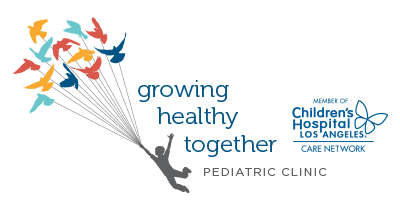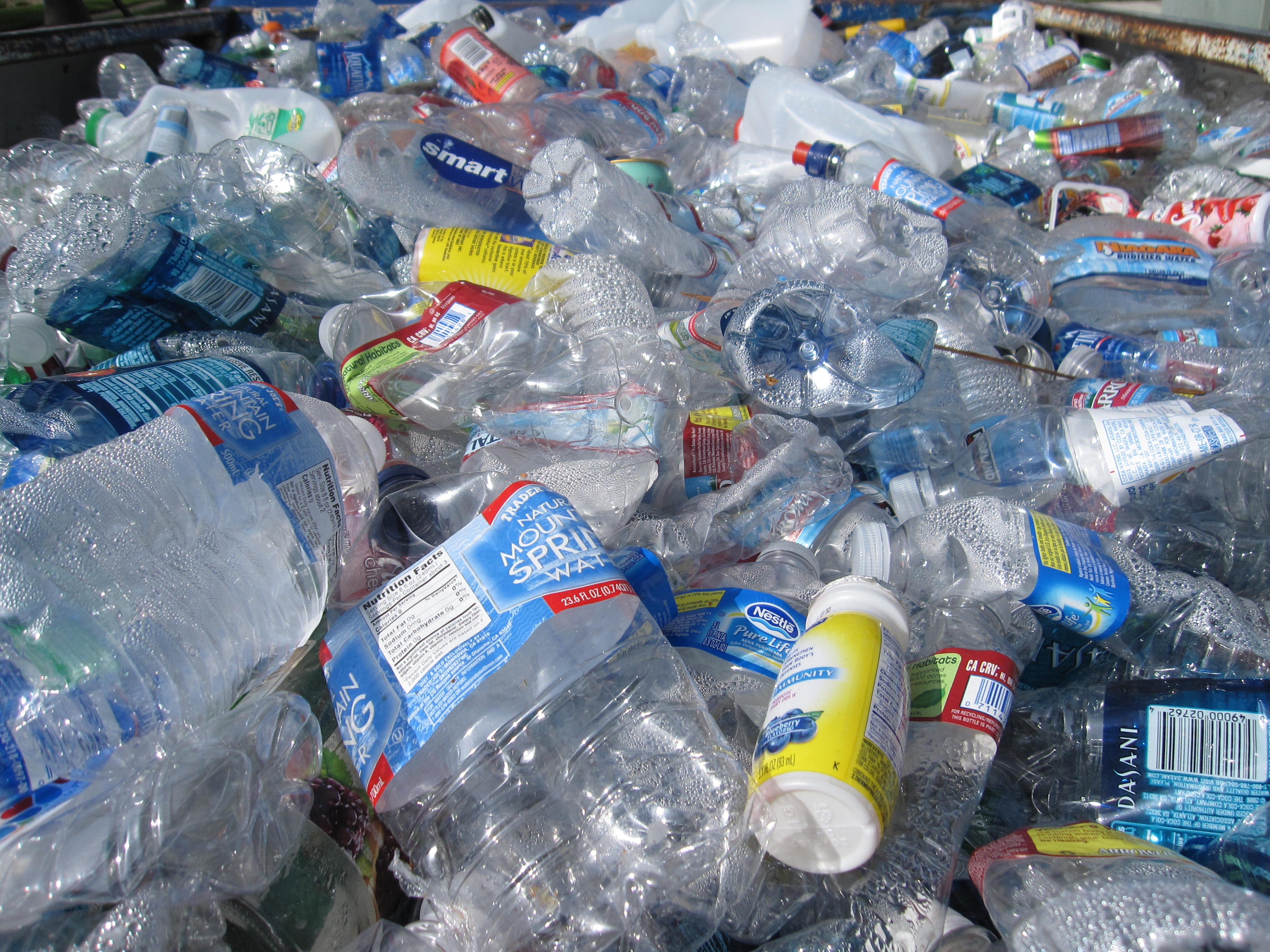Plastics in our daily items have become a threat to our health and safety. Plastics in bottles, food containers, and household items contain chemicals that are detrimental.
At Growing Healthy Together, we recommend reducing exposure to these and other chemicals. Don’t purchase water in containers that have phthalates. Use re-washable reusable containers for “to go” food. Avoid microwaving food in plastic containers by checking to see some “microwavable safe” label on your containers. Keep your child from sucking of chewing plastic or vinyl-containing phthalates. Keep your child’s hands as clean as possible. Avoid plastics and protect against breast cancer, one of the many negative effects of phthalates.
Chemistry
 Chemicals surround us. They make up the air we breathe. They are the food we eat, the cars we drive, our household items, our kids’ toys…
Chemicals surround us. They make up the air we breathe. They are the food we eat, the cars we drive, our household items, our kids’ toys…
The chemicals that make up our stuff can be either good or bad. We may try to read our labels and check into the things we use in order to look after our health. But as new studies come to light, we find out more and more of our items contain “bad” chemicals like phthalates. These chemicals living in our plastics are called “plasticizers.” Items with plasticizers can be anything from toys to the plastic of a shampoo bottle, the sweater you just bought your child or your take-out container.
Health Implications of Plastics
According to the CDC, “people are exposed to phthalates by eating and drinking foods that have been in contact with containers and products containing phthalates.” Kids are more susceptible to exposure to these particles due to typical hand-to-mouth behaviors. Furthermore, phthalates cause other health effects.
Health Effects due to Phthalates
- Hormone disruption
- Asthma
- Attention disorders
- Learning disabilities
- Obesity
In 2008, the Consumer Product Safety Improvement Act (CPSIA) banned six types of phthalates from children’s toys and products. NBC News reported on their website that the amount of phthalates found in American subjects has decreased, yet phthalates are still found. It is also suggested that while those six types of phthalates are no longer a problem, potentially harmful chemicals have taken their place. The San Francisco Chronicle reported that after banning those phthalates, exposure to three others (DiNP, DiDP, and DnOP) increased. CPSIA banned the phthalates in children’s toys, but that doesn’t protect us against all the other plasticizers. It can still exist in some flooring material, in cosmetics, and in plastic containers and items.
Do you have any questions or comments? Are you looking for more information on the health effects of phthalates and ways to avoid them? Start the conversation in the comment section or contact us!




